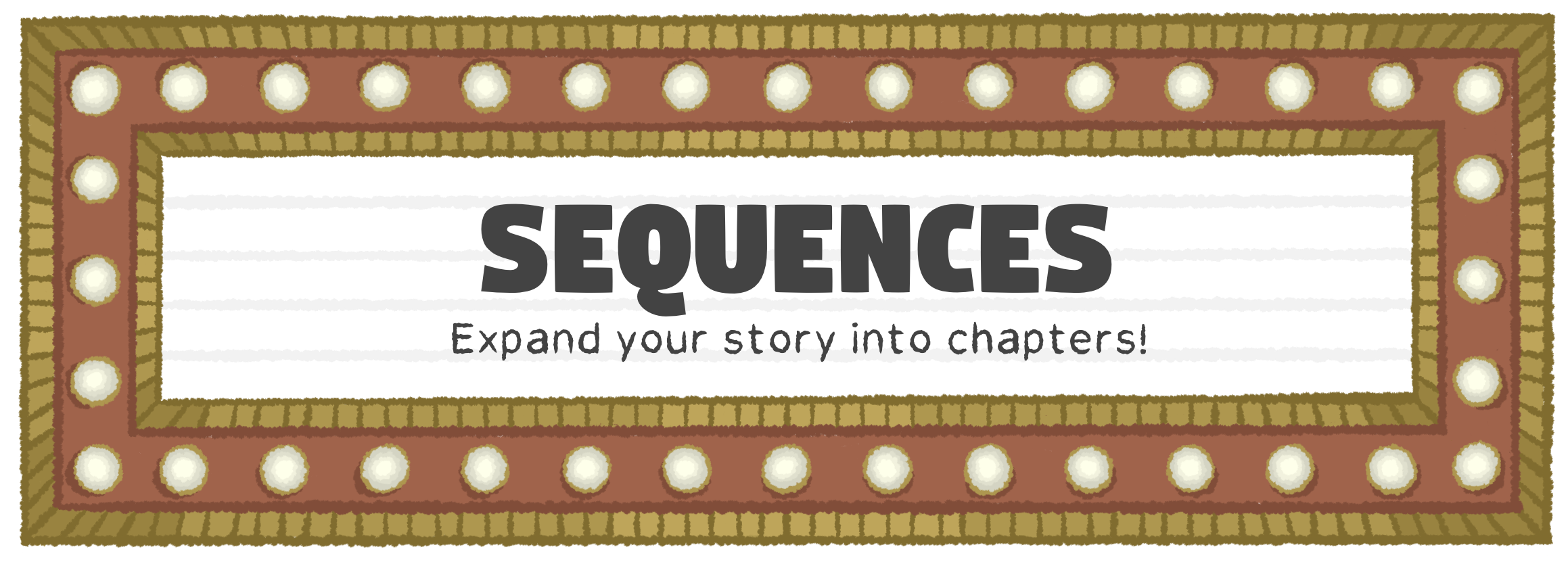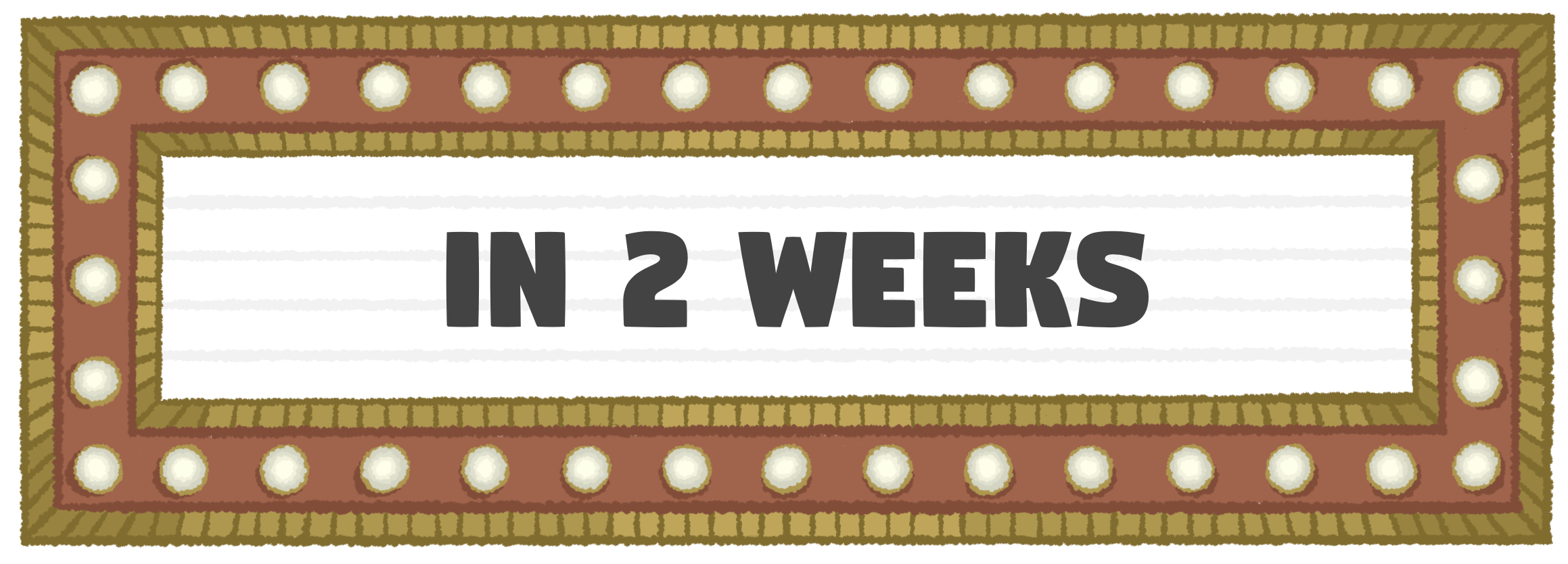They say there's two types of writers: there's architects and there's gardeners. I think George RR Martin says that. I think TikTok says "planners" and "pantsers," because you're either a planner, or you're going by the seat of your pants.
This class is a very architectural class. This is like making sure that the bones of the story are all there, so that the thing can stand upright. And then you decorate it with all the fun writing & world building & creative stuff that you're good at.
Whereas a gardener just starts writing, and sees where the story takes them. And then afterwards they read back through it, and keep the stuff that they like, and then they grow some more stuff out of it.
I am much more of an architect than a gardener, when it comes to story structure. So that's why this class is what it is. I hope it suits your styles okay! But I do feel justified being very architectural in this class at you, because scriptwriting is a really, really architectural form of writing. It's very regimented!
Because when you write a screenplay, it's a collaborative document. You're not just publishing your script and sharing it with the world, anybody who wants to read it. You're basically writing a letter to the director, the actors, everyone in the crew. So in a sense, a screenplay is a story, but in another sense, it's also a set of instructions, a set of instructions from the writers to other creative people (who are not writers). And you have to work with these people from these other fields, every day. So it's important that you all speak the same language!
And as a result, script writing has become a very very very barebones form of writing. You've got time to hit the big scenes in the story & whatever connective tissue you need between the big scenes, and that's it. In a novel, when something interesting happens, we could spend the rest of the book just inside the character's mind processing it. And if it was a movie, nothing would be happening on screen, but in a novel, that's perfectly okay.
But when you're writing a movie or a play, you are writing by the minute, literally. It's supposed to be 1 page of your script is equal to 1 minute of time in the movie or the play. And so the scripts for most movies are between 90 pages and 120 pages. If your script is 121 pages and you send it to an agent or somebody important who can get you a connection-- and it's 121 pages long-- they're going to ask themselves, "Really? They couldn't cut 1 page out of that??"
Fundamentally, scriptwriting is about writing for an audience who doesn't super-love reading. So the quicker you can get to the point, the more likely you are to connect with the directors, the actors, the crew… possibly even the producers!
120 pages of script is a lot of writing. How exactly do you fill that?
Well, the classic way is to break it up into three acts. Act 1, Act 2, Act 3. Usually Act 1 is the exposition, Act 2 is the culmination, and Act 3 is the resolution. But that's always been a confusing system to me, because Act 2 is supposed to be 50% of the story! Act 1 is 25%, Act 2 is 50%, and then Act 3 is 25%.
Why is Act 2 twice as long?? And it's the hardest part of the story to write! It's the gradual change. Act 1 is introducing everything, that's a lot of fun. And Act 3 is blowing up the Death Star, that's fun. But Act 2 is like the boring stuff that happens in the middle... and it's twice as long! I had a professor who called it a vast tundra. "How will you fill the vast tundra of the second act?"
So I think the easiest way to figure out how to fill your 120 pages is with sequences. A sequence is a chapter. You're breaking your story down into chapters, into eight chapters, eight sequences, and they're all the same length, somewhere between 10 and 20 minutes long.
Each sequence is made up of a collection of scenes, maybe 3-5 scenes. The average scene is 3-5 pages long. So that's the easel that you're gonna work with: 3-5 pages to tell a complete scene, one minute at a time.
Now, each sequence is shaped by the major scenes that surround it. So for example, your first impression of the protagonist, that's a major scene. Your last impression of the protagonist, that's a major scene. The protagonist's midpoint, where they figure out how to change-- they don't know how to stop doing the wrong thing, and they haven't started doing the right thing, but they're at that crossroads-- the midpoint is a major scene.
And the midpoint is halfway through the movie, so it'll probably be around page 45 or page 60. The next time you're watching a movie, pause, see if it's in the middle, see if you can find the midpoint! Or just skip straight to the middle. That scene can tell you what the arc is about, and what the theme is about. What kind of lightbulb is clicking above the protagonist's head, in this scene?
Well, besides the audience's first impression & their last impression & the protagonist's midpoint, there are 4 other scenes-- seven major scenes altogether-- spaced out evenly throughout the plot. And the sequences (the chapters) are the scenes that connect the major scenes to each other.
And when you attach the audience's first impression & their last impression & the protagonist's midpoint to the idea of a character arc? To the idea of a protagonist who self-sabotages, and then learns how to change their behaviors in some meaningful way? There's a common way to take the emotional journey that a person goes through when they're forced to change some aspect of their behavior or personality... to take that emotional experience & split it up into major scenes, which can conveniently happen at the beginning of the movie, 15 minutes into the movie, 30 minutes into the movie, 45 minutes in, 60 minutes in, 90 minutes in, 105 minutes in, and at the end of the movie.
So scroll down and I'll walk you through how to build an eight-sequence structure for a traditional character arc.



